Yesterday, I visited the Denver Art Museum with a dear friend of mine to see the Biophilia: Nature Reimagined exhibit. I was initially intrigued by this collection when I had seen advertisements for it on banners around the city.
According to the exhibit’s event page, the term biophilia was “popularized by American biologist and author Edward O. Wilson to describe his theory that, as humans have evolved as a species, they have been intricately intertwined with the natural world.” But it is familiar to me because it’s the title of one of my favorite Bjork albums (as well as the music app created as an interactive companion to the album)
Welcome to Biophilia, the love for nature in all her manifestations. From the tiniest organism to the greatest red giant floating in the farthest realm of the universe. With Biophilia comes a restless curiosity, an urge to investigate and discover the elusive places where we meet nature. Where she plays on our senses with colors and forms, perfumes and smells, the taste and touch of salty wind on the tongue.
- David Attenborough
The album’s central tenets—nature, music, and technology (“Listen, learn, and create”)—are on full display throughout the exhibit: a concert of over eighty pieces by over thirty artists from around the globe, comprised of architecture, sculpture, digital art, fashion, and interior design. Emphasizing at the start that the exhibit is not meant to be a substitute for “nature-based experiences,” the works nevertheless “invite us to slow down and pay closer attention, prompting a deeper awareness of the natural world and the sense of wonder it evokes.”1 Nature has always been the greatest source of wonder to me, woven through and between all things, organic and inorganic. Every single thing we see, touch, hear, smell, taste, and intuit, is part of the natural body. Just as we, ourselves, are part of it.
The exhibition…presents an alternative way of understanding ourselves and our environment in the face of our growing separation and estrangement from the natural world due to developing technologies and inequalities. It highlights the ways in which a wide range of creatives…continue to cultivate our deep psychological, emotional, and spiritual connections with nature…[T]his exhibition does not focus on the greening of our built environment, sustainability, or combatting climate change. While rooted in science, Biophilia impacts visitors on an emotional level. Many of the works are performative or multisensory, and they all are eclectic and innovative responses to our inherent connection to nature. Further, many of them aim to foster connections between people, creating visually nourishing experiences that prompt positive emotional responses and transform our way of understanding ourselves and our place in the natural world.
The exhibit as a whole is comprised of three sections: “Topophilia,” “Natural Analogs” and “Natural Systems.” Each one explores different ways in which our innate connection to nature permeates our daily lives, as well as how we can deepen that connection on an individual and communal level. Themes range from aesthetics and patterns, to dynamic processes and phenomena, to humankind’s spiritual and physical bond with nature. I highly encourage readers to explore each of these chapters further, both in the digital catalog I’ve linked in the footnotes and in the online exhibition guide, which lists all of the pieces featured in the exhibit. These resources are also included on the Biophilia event page (linked above).
My little gallery shows only a portion of the full exhibit (and not captured in very good quality), so if you wish to experience the magic for yourself in all its glory, Biophilia will be open at the Denver Art Museum through August 11.

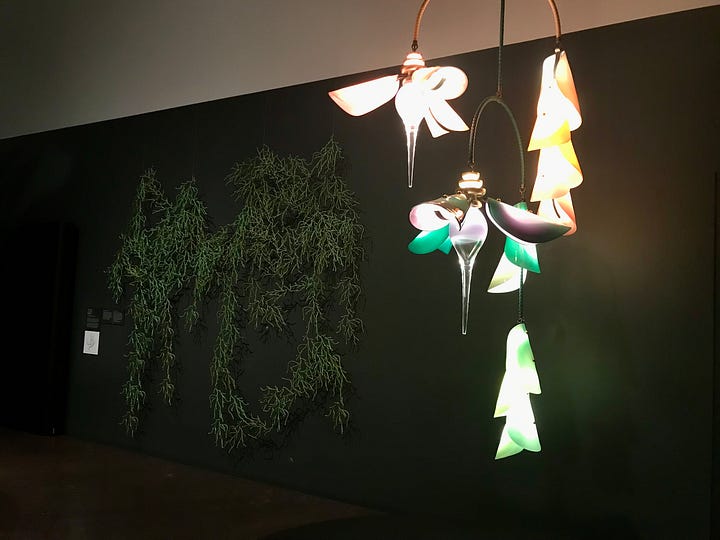


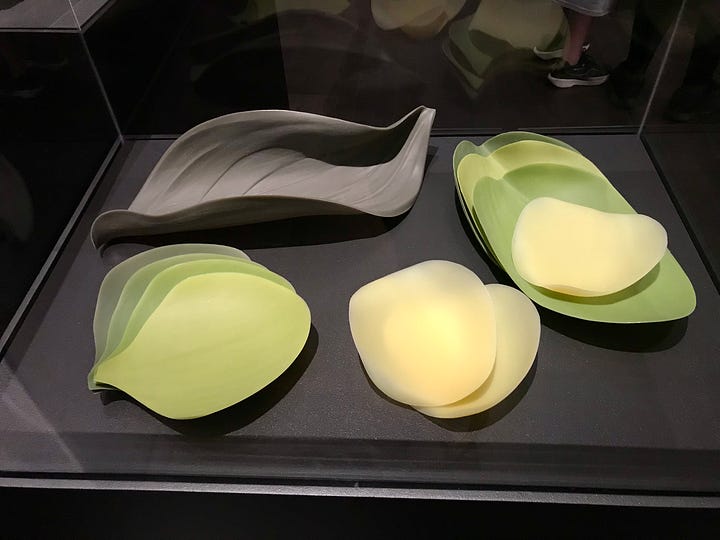
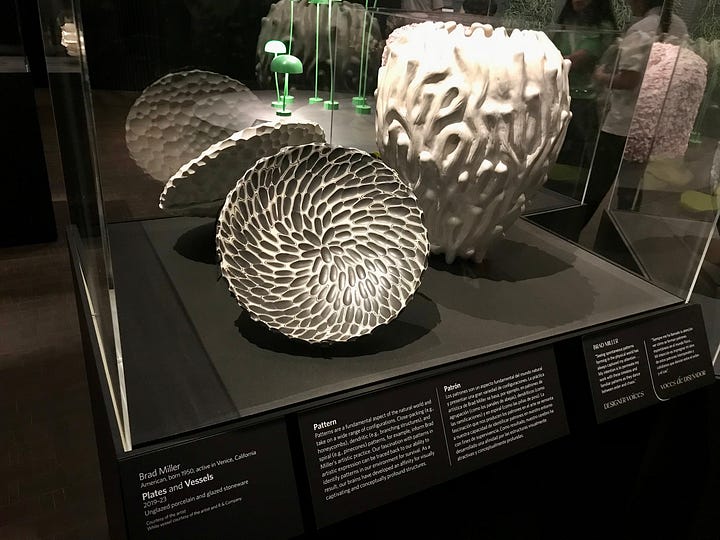
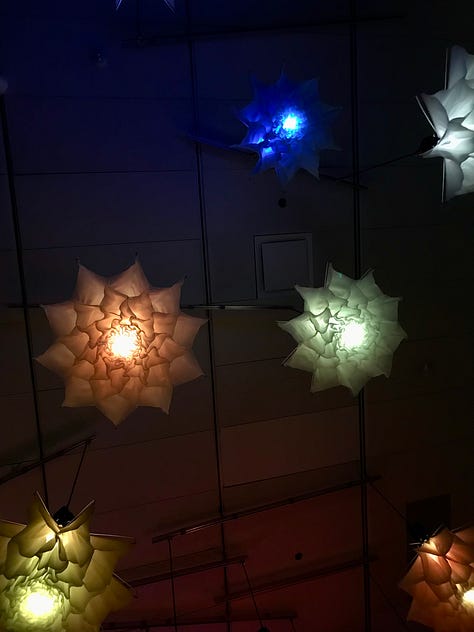

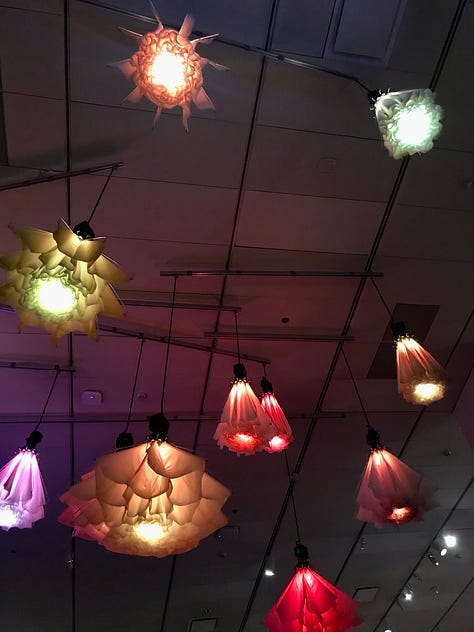
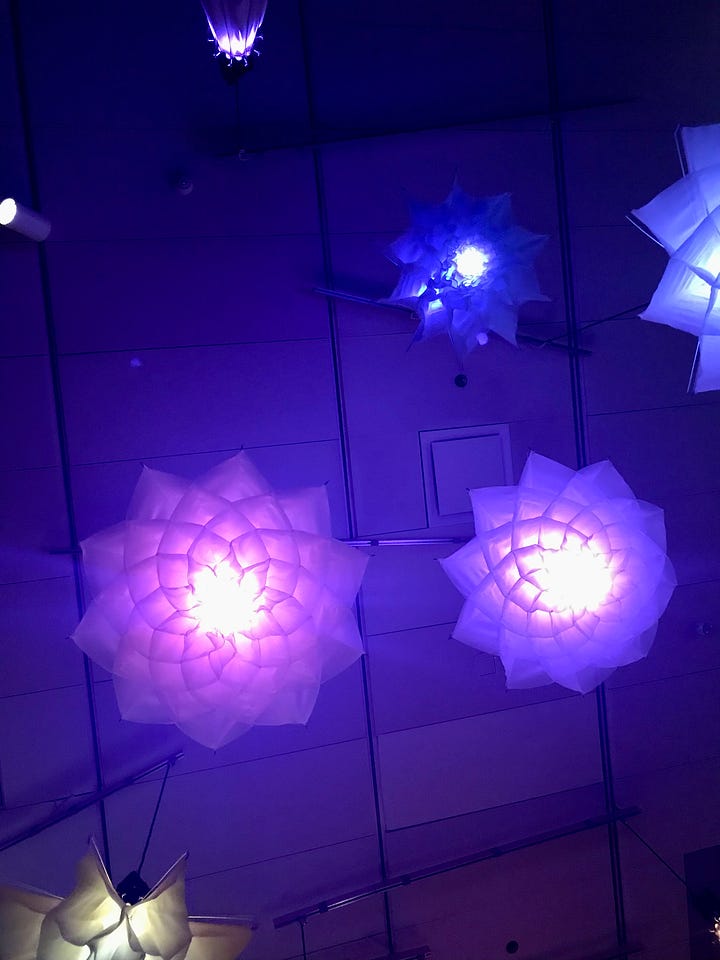


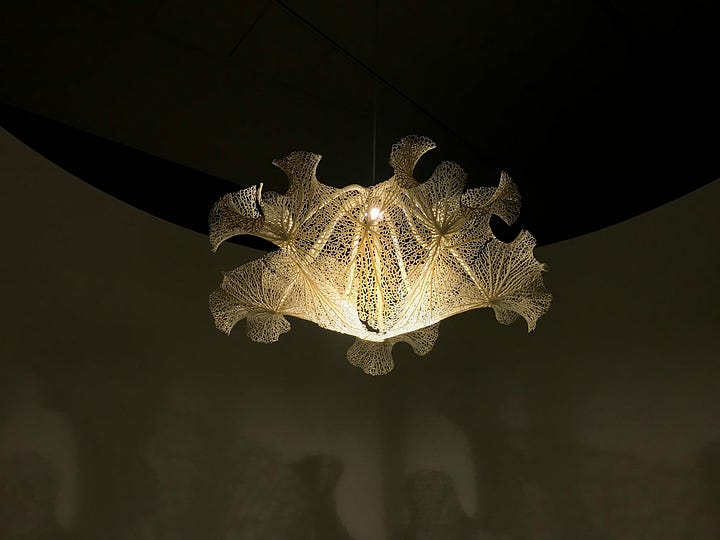
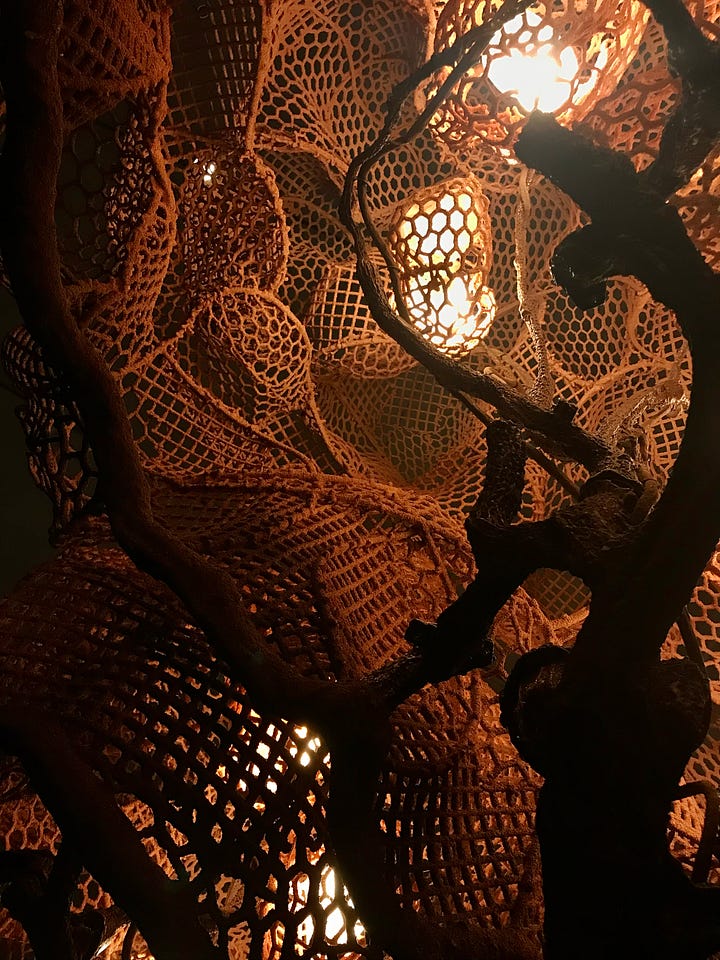
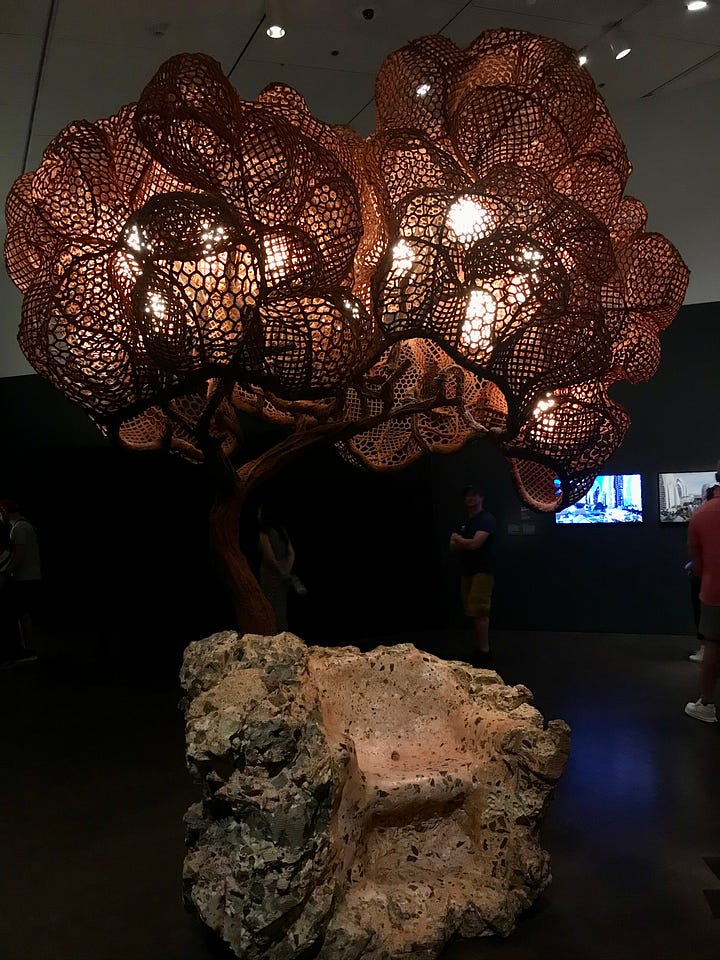
“Lightweeds” by Simon Heijdens (2005)
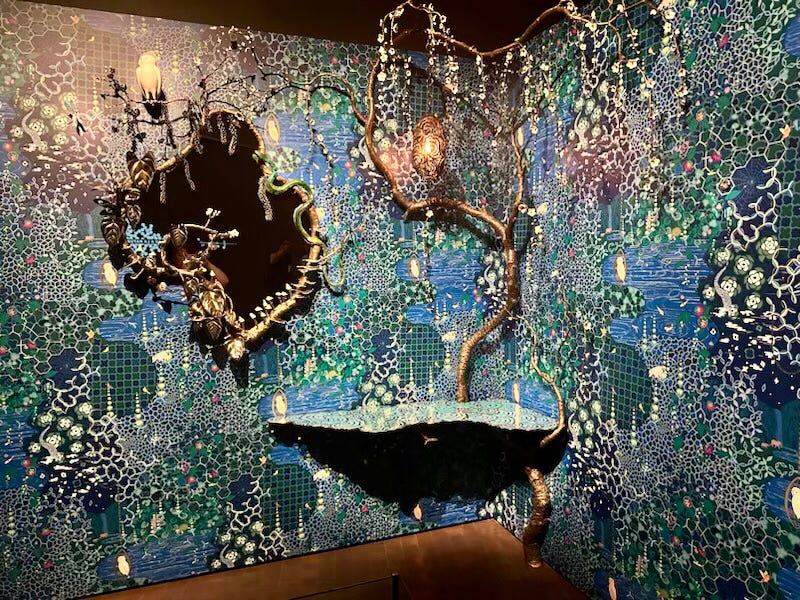
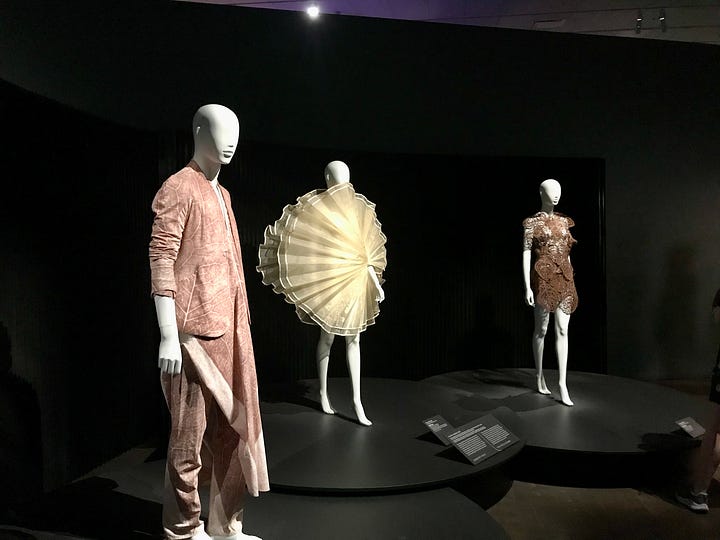


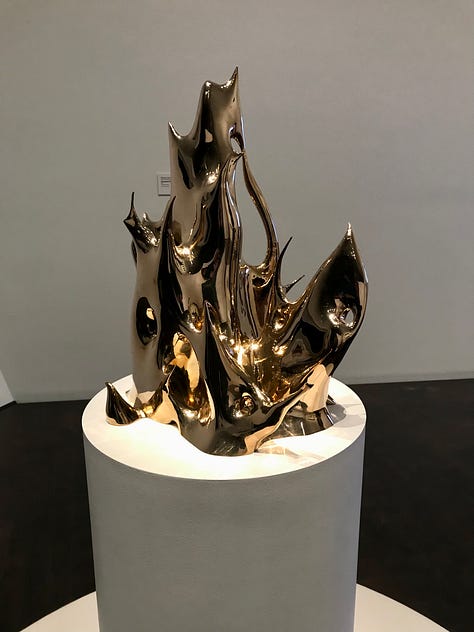

Deep within us lies a profound and enduring urge to connect with nature. The natural environment plays a crucial role in our development, both individual and collective, a link that is as vital today as it ever was. Many religions and Indigenous cultures maintain that humanity is part of nature, that we come from nature, and that the natural world is sacred. Humans have evolved in the company of other life and in a matrix of conditions making this varied experience possible. We continue to rely physically, emotionally, intellectually, and spiritually on the quality and richness of our relationships with the natural environment, particularly the flora of our ecosystems…Biophilia: Nature Reimagined calls upon us to heighten our senses, more closely observe the world around us, and engage in cathartic, quiet moments that allow us to breathe amid the complexities of contemporary life.






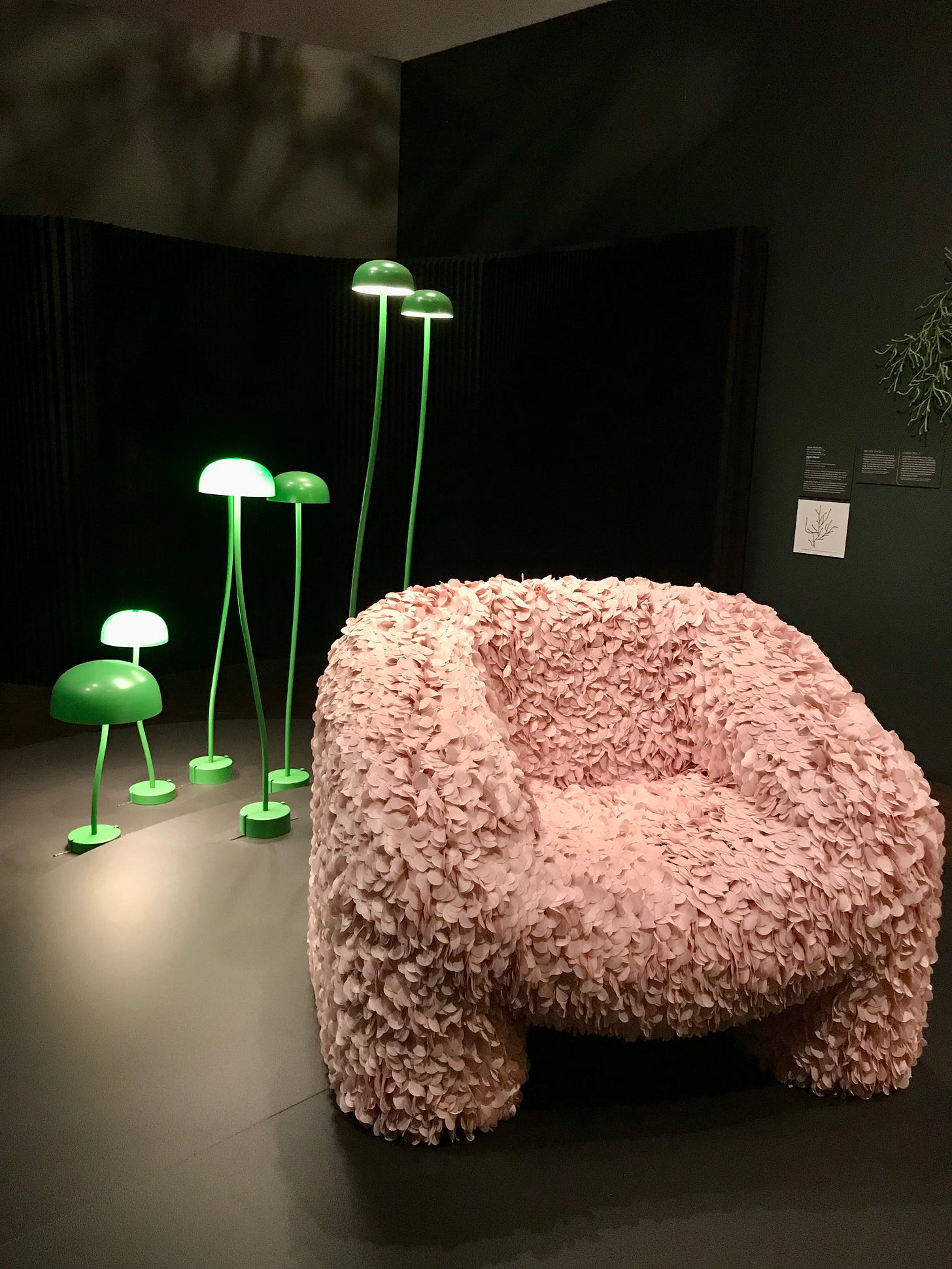
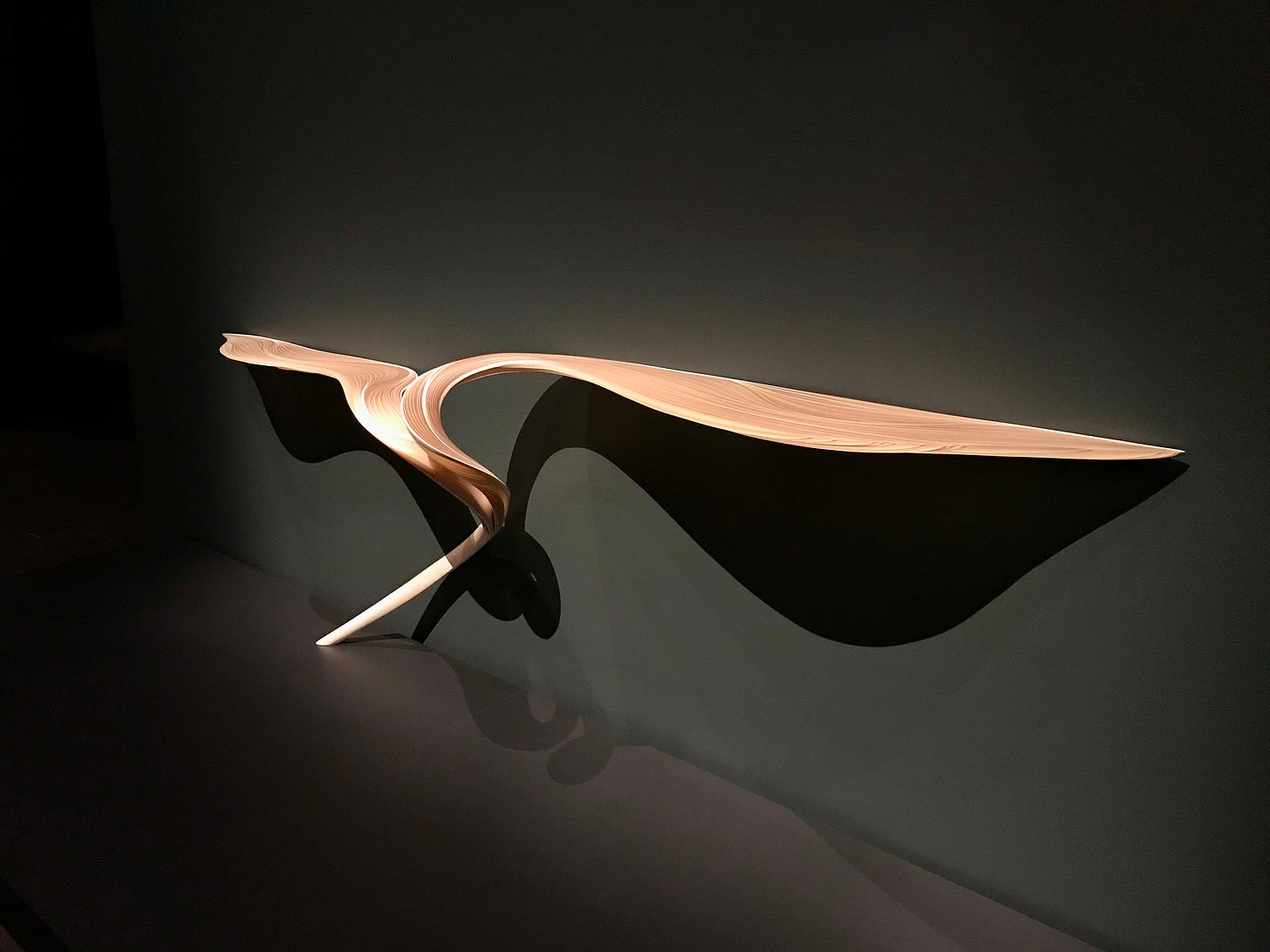
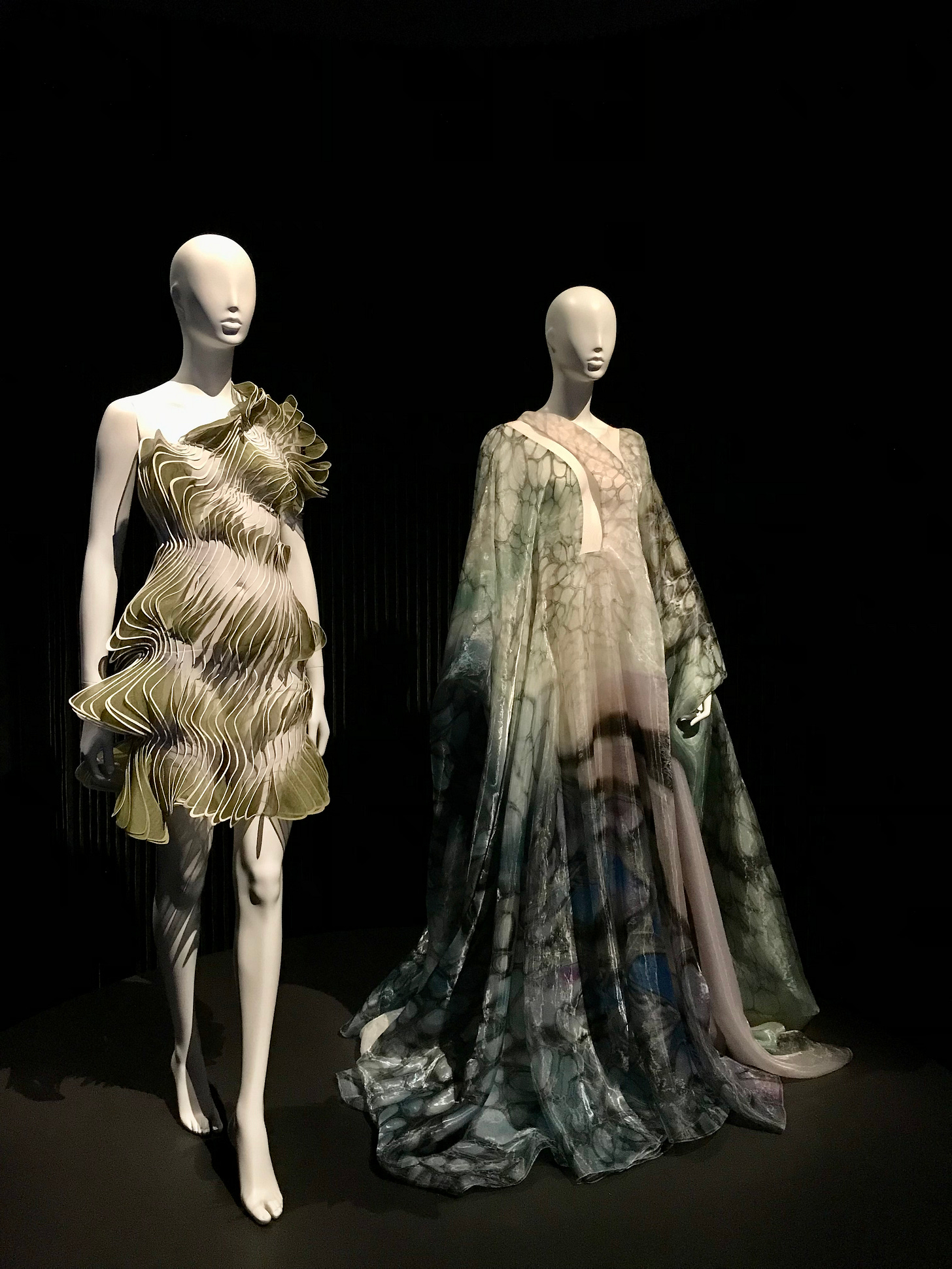

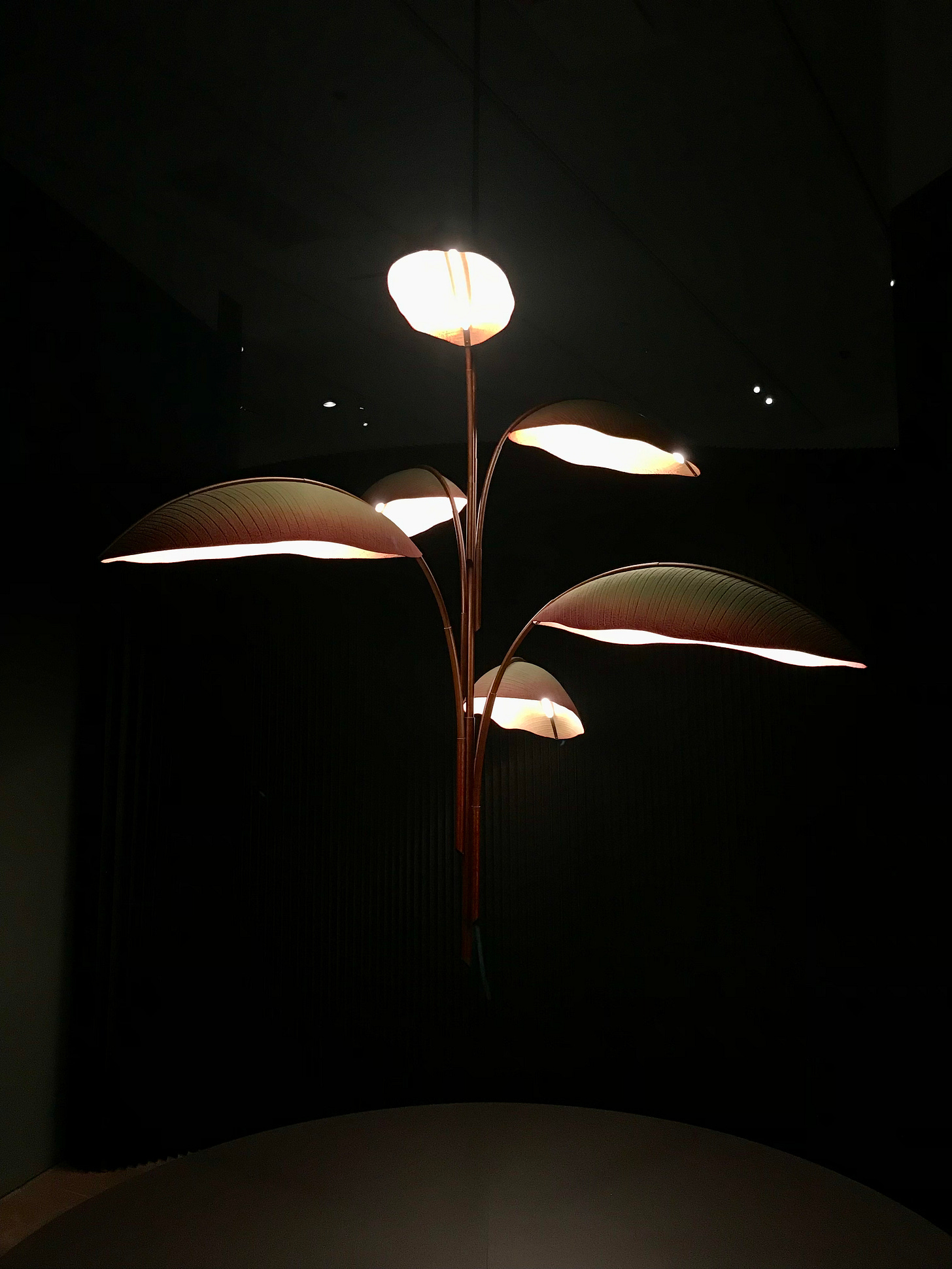
I saw this in June--loved it and you did a great job capturing the essence of it!